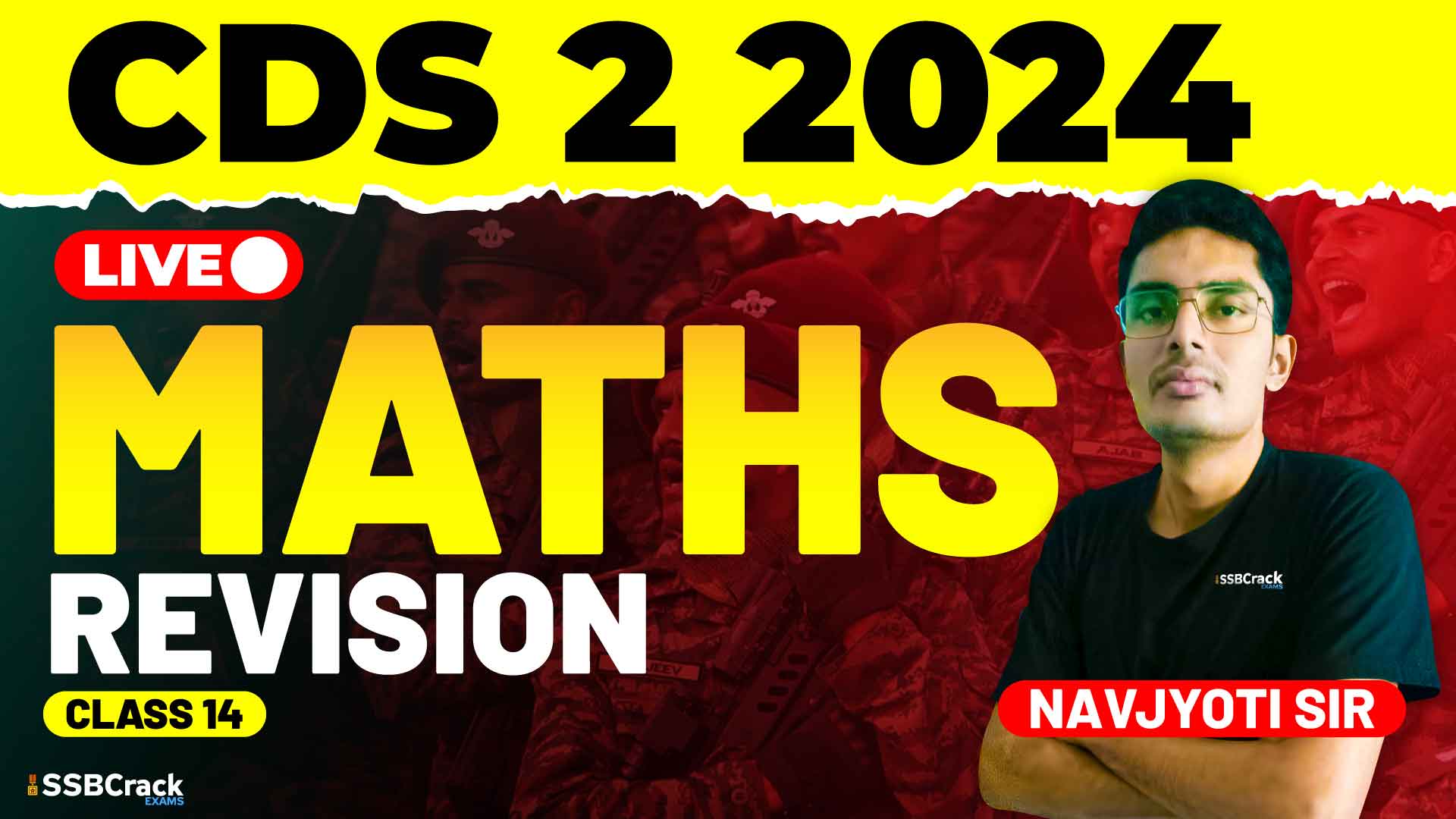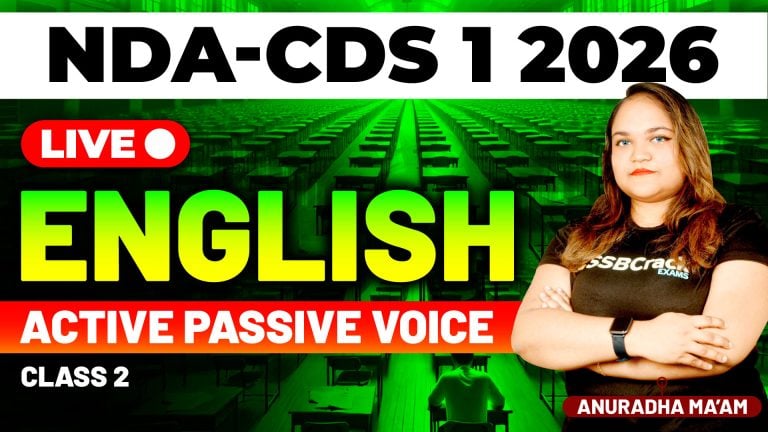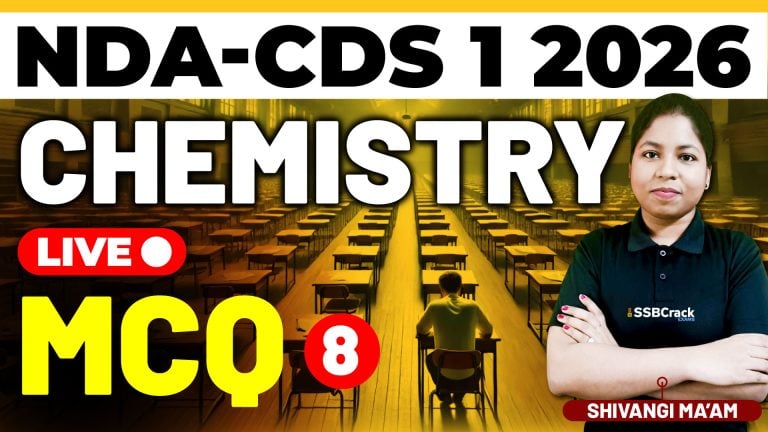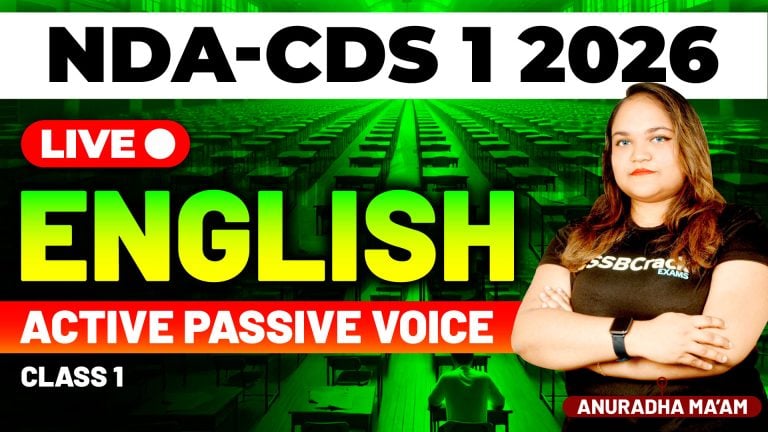The Combined Defence Services (CDS) Exam is one of the most competitive exams in India, paving the way for a distinguished career in the Indian Armed Forces. The Elementary Mathematics paper, a vital part of this exam, tests candidates on a wide range of mathematical topics. Among these, Logarithms, Probability, and Set Theory are particularly important, as they are not only foundational concepts but also frequently featured in multiple-choice questions (MCQs). This article will provide an overview of these topics and offer strategies to help you effectively tackle related MCQs in the CDS exam.
Understanding Logarithms
Logarithms are a crucial mathematical tool that allows us to simplify complex calculations involving exponential growth or decay. In the context of the CDS exam, you need to be familiar with the basic properties and operations involving logarithms.
- Basic Concepts: Understand that a logarithm is the inverse operation to exponentiation. If ab = c , then ,loga(c) = b ). This fundamental relationship is key to solving logarithmic equations.
- Properties of Logarithms: Be well-versed in the key properties such as the product rule (( logb(mn) = logb(m) + logb(n) , quotient rule , and power rule . These properties are often tested in MCQs, either directly or indirectly.
- Change of Base Formula: This formula is essential when dealing with logarithms of different bases. Understanding how to convert between bases can help simplify and solve complex logarithmic problems.
- Common Logarithms: The most commonly used logarithms are base 10 (common logarithms) and base ( e ) (natural logarithms). Familiarize yourself with these.
Exploring Probability
Probability is the branch of mathematics that deals with the likelihood of an event occurring. It is a critical concept in the CDS exam as it combines both logical reasoning and mathematical calculation.
- Basic Probability: Start with the fundamental definition of probability, which is the ratio of the number of favorable outcomes to the total number of possible outcomes. This simple concept is the foundation for more complex problems.
- Probability Rules: Understand and apply the addition and multiplication rules of probability. The addition rule is used for mutually exclusive events, while the multiplication rule applies to independent events. Knowing when and how to apply these rules is crucial for solving probability questions.
Delving into Set Theory
Set Theory is the mathematical study of collections of objects, known as sets. It provides the foundation for various areas of mathematics, including probability and algebra.
- Basic Definitions: Start with the basic concepts, such as what constitutes a set, subsets, unions, intersections, and complements. Knowing these definitions is essential for understanding and solving set theory problems.
- Venn Diagrams: These are a visual representation of sets and their relationships. Venn diagrams are particularly useful in solving problems involving unions, intersections, and complements of sets. Being able to draw and interpret these diagrams can simplify complex set theory problems.
- Operations on Sets: Be familiar with operations such as union, intersection, and difference of sets. Applying these operations in various contexts is key to solving set theory questions.
- De Morgan’s Laws: These laws provide a way to relate the union and intersection of sets with their complements. Understanding and applying De Morgan’s laws can help you simplify and solve complex set operations.
Strategies for Solving MCQs in Logarithms, Probability, and Set Theory
- Thoroughly Read the Question: Start by carefully reading each MCQ to ensure you fully understand what is being asked. Misinterpreting the question can lead to incorrect answers, especially in topics like probability and set theory, where wording is crucial.
- Break Down the Problem: For logarithms and probability questions, breaking down the problem into smaller parts can make it easier to solve. For example, in a logarithmic equation, simplify the equation step by step, applying the logarithmic properties as needed.
- Use Process of Elimination: If you’re unsure of the answer, use the process of elimination to narrow down the options. This strategy is particularly useful in probability and set theory questions, where incorrect answers can often be ruled out with logical reasoning.
- Visualize the Problem: For set theory questions, drawing a Venn diagram can help you visualize the relationships between different sets. Similarly, for probability questions involving multiple events, a probability tree or diagram can clarify the problem.
- Practice with Time Management: Time management is crucial in the CDS exam. Practice solving MCQs within a set time limit to improve your speed and accuracy. Remember that some questions may take longer to solve, so it’s important to manage your time effectively.
- Review Key Concepts Regularly: Regular review of key concepts in logarithms, probability, and set theory will reinforce your understanding and improve your ability to recall information during the exam. Create a study schedule that includes regular practice and review sessions.
- Stay Calm Under Pressure: The CDS exam can be stressful, but it’s important to stay calm and focused. If you encounter a difficult question, take a deep breath and approach it methodically. Don’t let one challenging question throw you off for the rest of the exam.
Conclusion
Logarithms, Probability, and Set Theory are integral topics in the Elementary Mathematics paper of the CDS exam. Mastering these concepts requires a combination of understanding fundamental principles and applying strategic problem-solving techniques. The recent class dedicated to MCQ practice in these areas emphasized the importance of thorough preparation and effective time management.
By focusing on the key concepts and strategies outlined in this article, you can enhance your ability to tackle MCQs on Logarithms, Probability, and Set Theory in the CDS exam. Remember, consistent practice and a clear understanding of the material are crucial for success. With diligent preparation, you will be well-equipped to excel in these topics and achieve a high score in the exam.



















